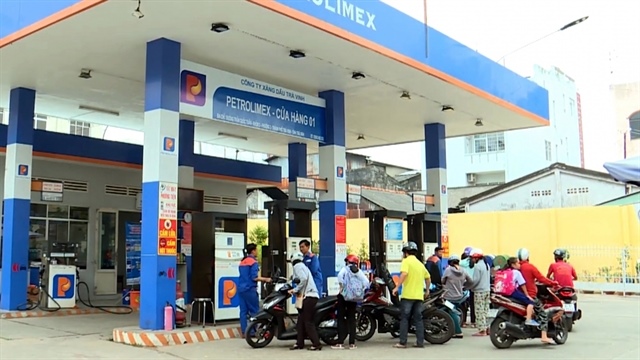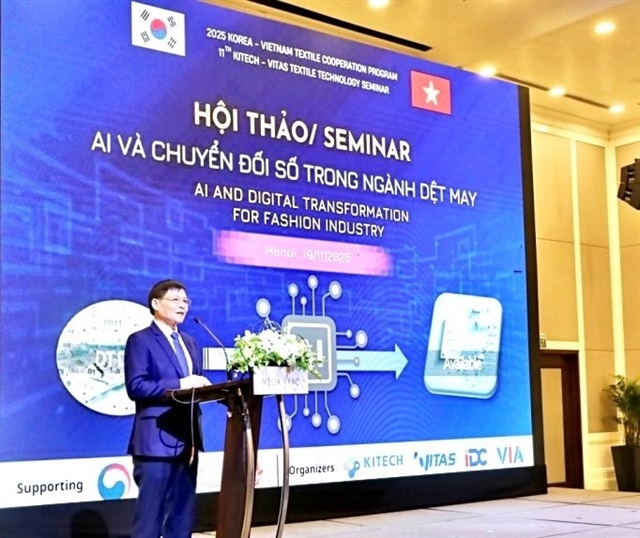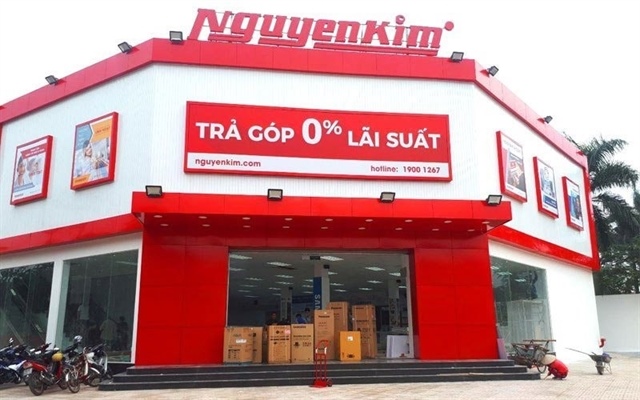Price drives away potential power investors
Price drives away potential power investors
The government not yet setting the power price under market rules and no viable mechanism to source investment for the power sector are the core reasons investors remain uninterested in power projects.

Kien Luong 1 thermal power project needs $2 billion and if other parts of the Kien Luong power centre project, assigned to the Tan Tao Group (ITA), are included, total investment amounts to $6.7 billion.
Four years after starting the project, ITA still fails to finalise capital arrangements for the project.
ITA initially thought the build-operate-own (BOO) investment model with a government guarantee would help it source loans from international credit organisations, but the government has refused to guarantee the model.
ITA recently got the thumbs up from the government to convert its investment model into a build-operate-transfer (BOT). Under the model, the government guarantee would follow regulations set forth in a decree from 2009.
Without special government guarantee, it is difficult for ITA to source the needed capital to execute the project, particularly as loans are planned to account for 70 per cent of total investment.
Not only private investors have found it difficult to source capital for power projects, state giant PetroVietnam has also faced numerous difficulties.
Early last week the group inked an agreement to borrow $780 million to implement the $2 billion Thai Binh 2 thermal power project, assigned to PetroVietnam five years ago with a capital structure of 30 per cent investor equity and 70 per cent loans.
Head of the customer relations department at Pvcombank Bui Huy Cong said during the capital arrangement process for PetroVietnam’s power projects, many foreign organisations said Vietnam’s current price levels were unappealing.
In light of power development master plan for 2011-2020, the power sector would need $48 billion in total investment capital. Electricity of Vietnam, Vietnam’s state-owned power authority, faces mounting hardships in sourcing investment capital.
According to deputy general director Duong Quang Thanh, the capital from EVN’s depreciation fund is only enough to pay the principal and interest of current credit contracts with very little remaining to invest.
At the same time, efforts to raise capital by equitising member units have been below expectations so EVN is likely to face future difficulties as well.
It has been difficult for EVN to source new loans from international organisations such as the World Bank and Asia Development Bank as its modest cumulative capital fails to meet the needed 25 per cent equity investment required for power projects.
Deputy head of the Central Economic Committee Bui Van Thach said that as well as capital shortages, there is no viable mechanism to help power projects attract investment.
“The average power price in Vietnam is 7 US cents per kWh, against 11-12 US cents in regional countries, making it difficult to lure investors into the power sector,” said Thach, adding that to charm investors, the price of power must be opened to real market prices.
Nguyen Minh Due, an expert from the Vietnam Energy Association, said efforts needed to be put toward saving the production cost of power, thus making it easier to source investment.
vir
























